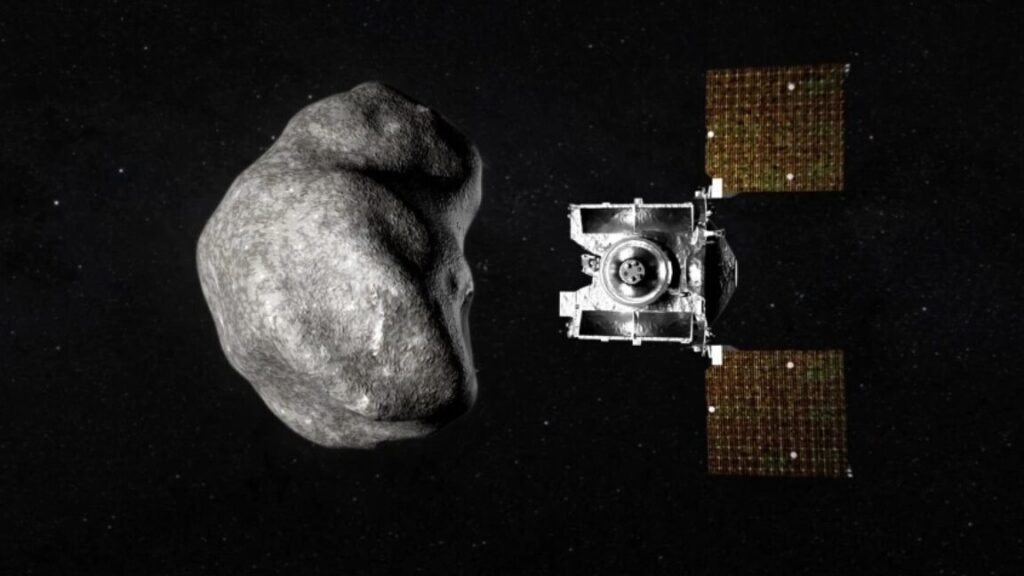Trump’s UCLA deal: Pay us $1B+, and we can still cut your grants again
On Friday, the California Supreme Court ordered the University of California system to release the details of a proposed deal from the federal government that would restore research grants that were suspended by the Trump administration. The proposed deal, first issued in August, had remained confidential as a suit filed by faculty at UCLA made its way through appeals. With California’s top court now weighing in, the university administrators have released the document, still marked “draft” and “confidential attorney work product.”
Most of the demands will seem unsurprising to those familiar with the Trump administration’s interest: an end to all diversity programs and those supporting transgender individuals, plus a sharp crackdown on campus protests. The eye-opening portion comes at the price tag of nearly $1.2 billion paid out, with UCLA covering all the costs of compliance. And, as written, the deal wouldn’t stop the Trump administration from cutting the grants for other reasons or imposing more intrusive regulations, such as those mentioned in its university compact.
Familiar concerns
In many ways, the proposed deal is much more focused than the odd list of demands the administration sent Harvard University earlier this year, in that it targets issues that the administration has focused on repeatedly. These include an end to all diversity programs at both the faculty and student levels. It demands that UCLA agree to “remove explicit or implicit goals for compositional diversity based on race, sex, or ethnicity, including eliminating any secretive or proxy-based ‘diversity’ hiring processes.”
Foreign students are also targeted, with UCLA being told to set up a program to ensure that no “foreign students likely to engage in anti-Western, anti-American, or antisemitic disruptions or harassment” are admitted. “UCLA will also develop training materials to socialize international students to the norms of a campus dedicated to free inquiry and open debate.” The hospital associated with the university would also be forbidden from engaging in any gender-affirming care, and UCLA would not only prohibit transgender athletes but also strip any prior ones of any achievements.
Trump’s UCLA deal: Pay us $1B+, and we can still cut your grants again Read More »











